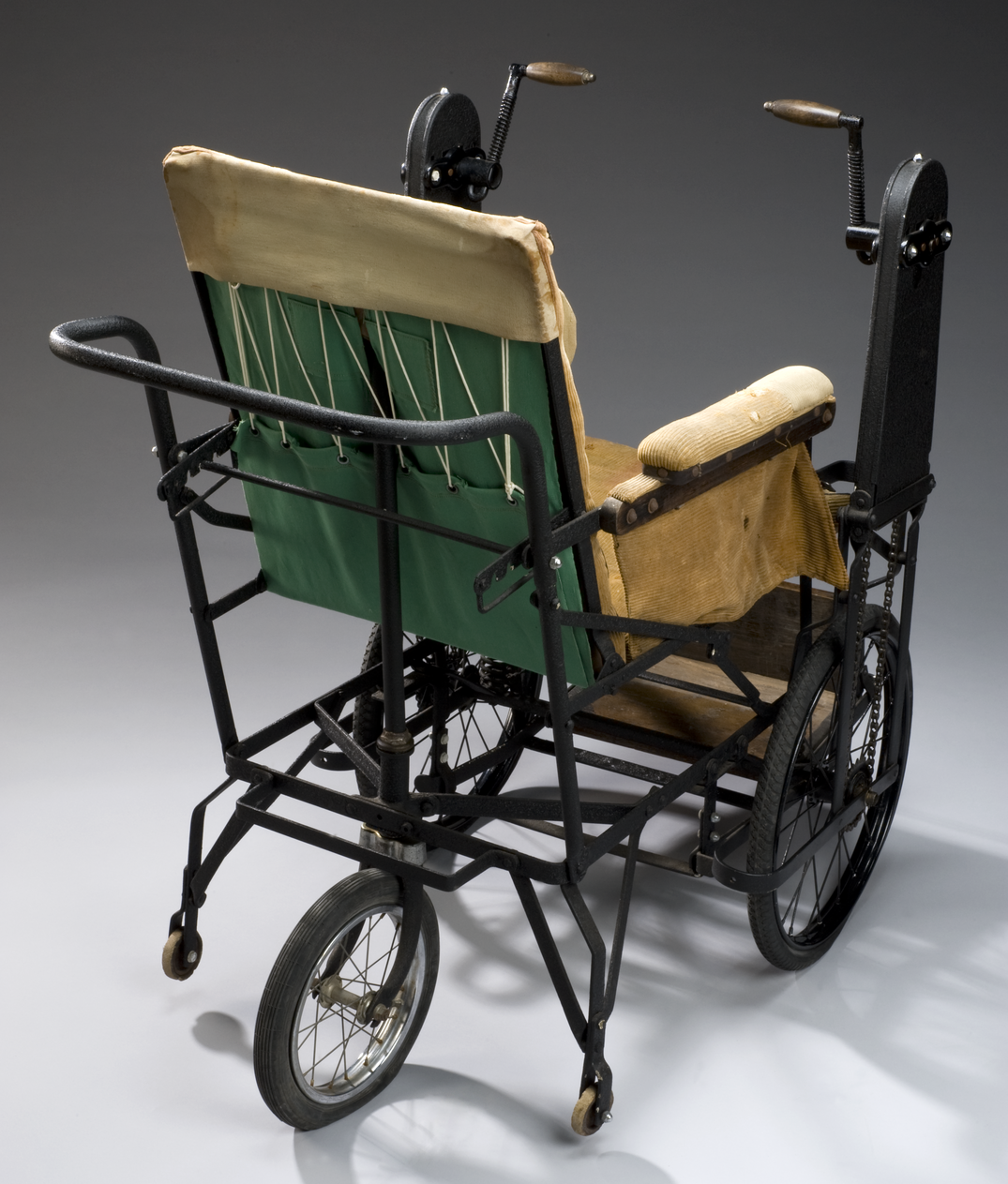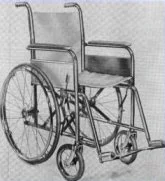The History of the Wheelchair
The wheelchair is a remarkable device that has changed the lives of millions of people with disabilities. It is hard to imagine life without it, but the history of the wheelchair is a long and fascinating one, spanning thousands of years and countless innovations.
The earliest known example of a wheelchair-like device was discovered in stone inscriptions in China and dates back to the 6th century BCE. This "rolling bed" was used to transport people who were sick or injured, and it consisted of a platform with wheels that was pushed or pulled by attendants. Similar devices were used in ancient Greece and Rome, where they were used to transport wounded soldiers.
Europeans developed a similar design, first recorded in 1595 when an unknown inventor from Spain built one for King Phillip II. It was an elaborate chair having both armrests and leg rests, the design still had shortcomings since it did not feature an efficient propulsion mechanism and required assistance to propel it.
In 1655, Stephan Farffler, a 22-year-old paraplegic watchmaker, built the world's first self-propelling chair on a three-wheel chassis using a system of cranks and cogwheels. However, the device resembled a hand bike more than a wheelchair since the design included hand cranks mounted at the front wheel.
The first self-propelled wheelchair was invented in 1783 by John Dawson, a British inventor. Dawson's chair was designed to be pushed by hand, but it had the potential to be self-propelled. It had two large wheels, like modern wheelchairs. It could be self-propelled, pushed, or pulled by a horse or donkey, making it incredibly versatile. It was an expensive piece of equipment, but it was more widely available and could be purchased by anyone of means.
Bath Wheelchair early 20th century.
In Europe, 1850-1890: a new design was popularised. This chair has three wheels: two large front wheels and one small rear wheel.
Three Wheel European Chair c1850-90
By the beginning of the twentieth century, wheelchairs had developed still further and boasted wire-spoke wheels, adjustable seat backs, and moveable arm and foot rests. There were also lightweight models made of wicker mounted on metal frames. In 1900 the first spoke wheels were used. In 1912 the first motorized power chair had a 1 and ¾ horsepower motor on a tricycle. In 1916, the first motorized wheelchair was seen in London but was too expensive to go into production.
In the early 20th century, the design of the wheelchair began to evolve rapidly. The first lightweight, foldable wheelchair was invented in 1932 by Harry Jennings, who was a mechanical engineer. Jennings designed the chair for his friend, Herbert Everest. Everest and Jennings went on to found the Everest & Jennings company, which became the first large scale manufacturers of wheelchairs in the world.
During World War II, the need for wheelchairs increased dramatically soldiers returned home with disabilities. This led to significant improvements in wheelchair design and technology. In 1949, an engineer named Harold Briggs invented the first motorized wheelchair. The chair was powered by a small electric motor and could be controlled using a joystick.
In the 1960s, the first sports wheelchairs were developed, allowing athletes with disabilities to compete in events like basketball and track and field. In the 1980s, lightweight, high-tech wheelchairs made from materials like titanium and carbon fiber were introduced, making it easier for people with disabilities to travel long distances and participate in outdoor activities.
The last 20 years have seen significant innovation in the field of wheelchairs, with advancements in technology and materials leading to the development of more comfortable, efficient, and customizable chairs.
Here are some of the most notable innovations of the last two decades:
Power Assist Devices: Power assist devices are attachments that can be added to a manual wheelchair to provide an extra boost of power when needed. These devices can help reduce strain on the arms and shoulders, making it easier to navigate hills, ramps, and other obstacles.
Smart Wheelchairs: Smart wheelchairs are equipped with sensors, cameras, and other technologies that allow for greater control and customization. They can be programmed to adjust the seat position, speed, and other settings based on the user's preferences and needs.
Improved Cushioning: Improved cushioning materials like memory foam and gel have made wheelchairs more comfortable and less likely to cause pressure sores or other injuries.
Inclusion of People with Different Disabilities: There has been an increased focus on designing wheelchairs for people with different types of disabilities, including those with limited upper body strength or mobility. New designs and adaptations have been made to accommodate users who may need additional support, including headrests, specialised footrests, and other accessories.
The future of the wheelchair is promising, with continued innovations and advancements that promise to make life easier and more comfortable for people with disabilities. These developments will help to improve the quality of life for millions of people around the world and increase access to education, employment, and other opportunities.
The history of the wheelchair is a testament to human ingenuity and the power of innovation. From its humble beginnings as a simple rolling bed to the sophisticated, high-tech models of today, the wheelchair has come a long way.






